In this article, I’ll be exploring another new feature with SQL Server 2019, row mode memory grant feedback, along with a retrospective on adaptive query processing, examples and more.
Read more »



In this article, I’ll be exploring another new feature with SQL Server 2019, row mode memory grant feedback, along with a retrospective on adaptive query processing, examples and more.
Read more »
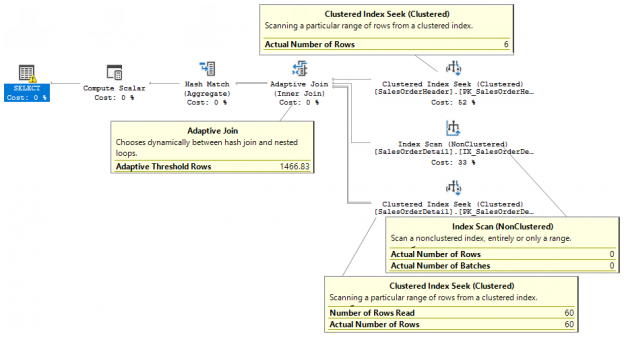
SQL Server 2017 brings a new query processing methods that are designed to mitigate cardinality estimation errors in query plans and adapt plan execution based on the execution results. This innovation is called Adaptive Query Processing and consist of the three features:


This article explores SQL Sort, Spill, Memory and Adaptive Memory Grant Feedback mechanism in SQL Server.
Read more »
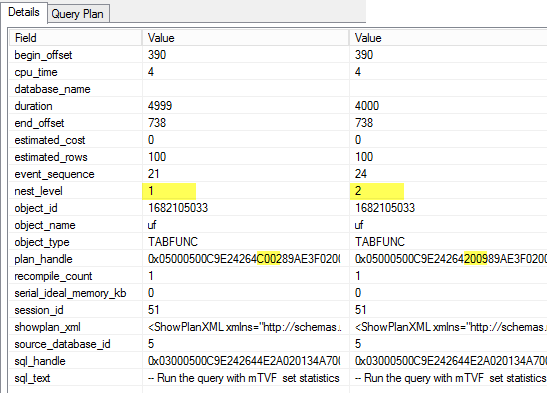
In this post, we are going to look at the new feature in SQL Server 2017 – interleaved execution. You need to install SQL Server 2017 CTP 1.3 to try it, if you are ready, let’s start.
Now, when a CTP 2.0 of SQL Server 2017 is out, you don’t need to turn on the undocumented TF described further, and the plans are also different, so the examples from this post use CTP.1.3, probably not actual at the moment (I was asked to hold this post, until the public CTP 2 is out, and interleaved execution is officially announced). However, the post demonstrates Interleaved execution details and might be still interesting.
Read more »
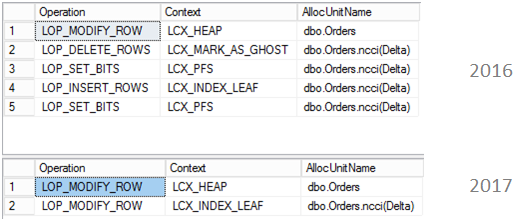
In this post, I continue the exploration of SQL Server 2017 and we will look at the nonclustered columnstore index updates.
Columnstore index has some internal structures to support updates. In 2014 it was a Delta Store – to accept newly inserted rows (when there will be enough rows in delta store, server compresses it and switches to Columnstore row groups) and a Deleted Bitmap to handle deleted rows. In 2016 there are more internal structures, Mapping Index for a clustered Columnstore index to maintain secondary nonclustered indexes and a deleted buffer to speed up deletes from a nonclustered Columnstore index.
Updates were always split into insert + delete. But that is now changed, if a row locates in a delta store, now inplace updates are possible. Another change is that it is now possible to have a per row (narrow) plan instead of per index (wide) plan.
Let’s make some experiments.
Read more »


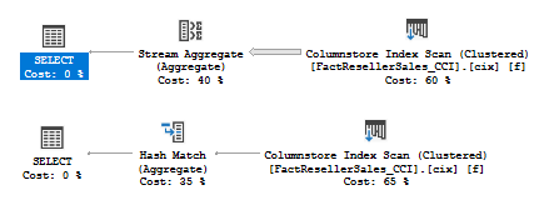
Some time ago, SQL Server 2017 was released and issued as CTP. The most exciting release in that CTP was that SQL Server now supports Linux! This is awesome and I consider it to be great news for many people.
I am personally interested in the new features of query processing, and finally I had some time to install the SQL Server 2017 and dig a little bit into it. Currently, it is CTP 1.2 available, and I will use this version for my experiments.
While exploring new extended events, I’ve found an interesting event compilation_stage_statistics and one of the columns of this event was trivial_plan_scanning_cs_index_discarded with the following description “Number of trivial plans discarded or could have been discarded which scan Columnstore index”. That pushed me to do some investigations of the topic.
Read more »
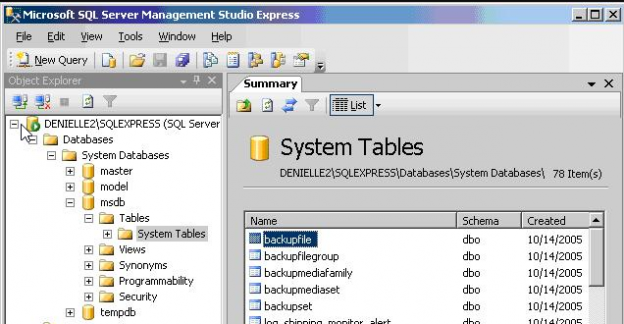
This article will explain the main features in SQL Server 2017, 2016, 2015, 2014, 2012, 2008, 2005, 2000, 7, 6.5, 6.0, 4.2, 1.1 and 1.0.
In the past, the first SQL Server versions supported OS/2 (an operative system created by Microsoft and IBM) and Windows.
Now, the new versions of SQL Server (vNext and SQL Server 2017) can be installed in Linux. 15 years ago, it was impossible to think that. Linux and Microsoft were just like oil in water and now, Microsoft loves Linux.
Also, we now enjoy full integration with Azure, Tabular Databases, SSIS, SSAS and more. In this article, we will talk about all these changes and improvements.
Read more »

With the latest versions of Azure SQL database, Microsoft has introduced a number of new mechanisms to help users and administrators better optimize their workload.
Automatic index management and Adaptive query processing provide us with the possibility to rely on the built-in intelligence mechanism that can automatically tune and improve the performance of our workload.
Read more »

The annual developer Microsoft Build Conference was held at the Washington State Conference Center in Seattle during May 10-12, 2017. The event had over 5,000 attendees and received a lot of love from the technical community. There were a number of announcements made during this 3-day conference, and in this article I will recap my learnings from a SQL Developer perspective. In the Data Platform, there were a number of new innovations, products and capabilities announced and a lot of emphasis was on using data to fundamentally transform your business. There was focus around serving Artificial Intelligence with Data, which seemed to me to be the future of Data Platform.
Read more »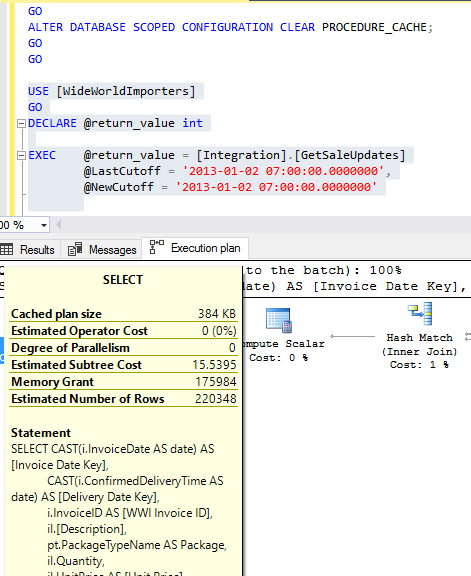
The SQL Server Query Processing Engine is the most complex and sophisticated part of SQL Server. This engine has many responsibilities, but one of the most important parts is to design the query execution plan and execute it in a best and most efficient possible manner.
Read more »© Quest Software Inc. ALL RIGHTS RESERVED. | GDPR | Terms of Use | Privacy